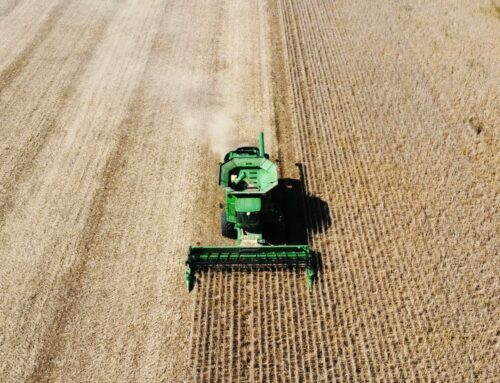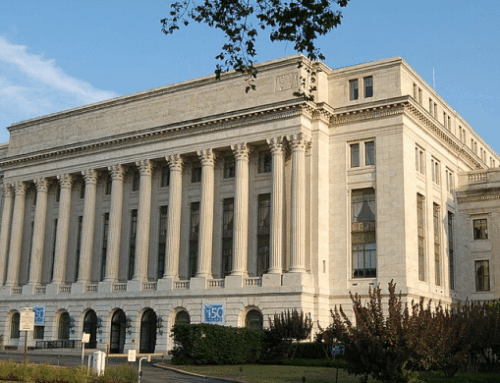View or download this fact sheet as a PDF.
Businesses choosing to grow various agricultural commodities (corn, soybeans, cotton, etc.) benefit from excessively generous federally subsidized crop insurance and duplicative so-called “shallow loss” income entitlement programs. But no crop benefits from Washington-based favoritism more than peanuts.
- Fact #1: Government guaranteed prices for peanuts exceed market reality. The 2014 farm bill guaranteed price for peanuts is $535 per ton (26.75 cents per pound). Market prices fell short of this level seven of the last nine years. In addition the Congressional Budget Office projects prices will not exceed $535 per ton any year through 2027.
- Fact #2: Excessive subsidies distort planting decisions. USDA reports more than 1.8 million acres planted to peanuts, a 30 percent increase from 2014. This in spite of stagnant prices. In addition, 60 percent of peanut acreage is planted on “generic base.” This is land formerly receiving cotton subsidies that can be planted to any other commodity in order to receive income subsidies. Growers have shifted to peanuts in order to capture guaranteed government payments.
- Fact #3: Peanut producers are eligible for twice the amount of federal subsidies as growers of all other commodity crops. The 2014 farm bill limits individual producers to $125,000 in commodity program payments for all “covered” commodities (corn, cotton, rice, etc.) on a farm. Peanuts, however, have a separate payment limit, meaning a producer can get up to $125,000 in peanut subsidies even if they’ve received $125,000 for all other crops grown on a farm.
- Fact #4: By numerous measures, peanuts are the most subsidized agricultural commodity. From 2014-2016 peanuts received an annual federal subsidy of $341.19 per acre, 46% of the per-acre crop value. This is nearly double the percentage of the closest crop (rice at 27 percent) and more than four times the subsidy rate across all commodities (11 percent). Consequently, federal payments to peanut producers totaled $331 million in FY2016 and are expected to total $5.4 billion over the next 10 years.
Our Take
Government subsidies for the peanut industry are excessive. In fact, peanuts are the nation’s most subsidized crop based on the percentage of a farmer’s revenue. The current irrational favoritism shown to peanut producers lacks justification, does not generate a good return on investment of taxpayer dollars, and must be eliminated in the next farm bill.










